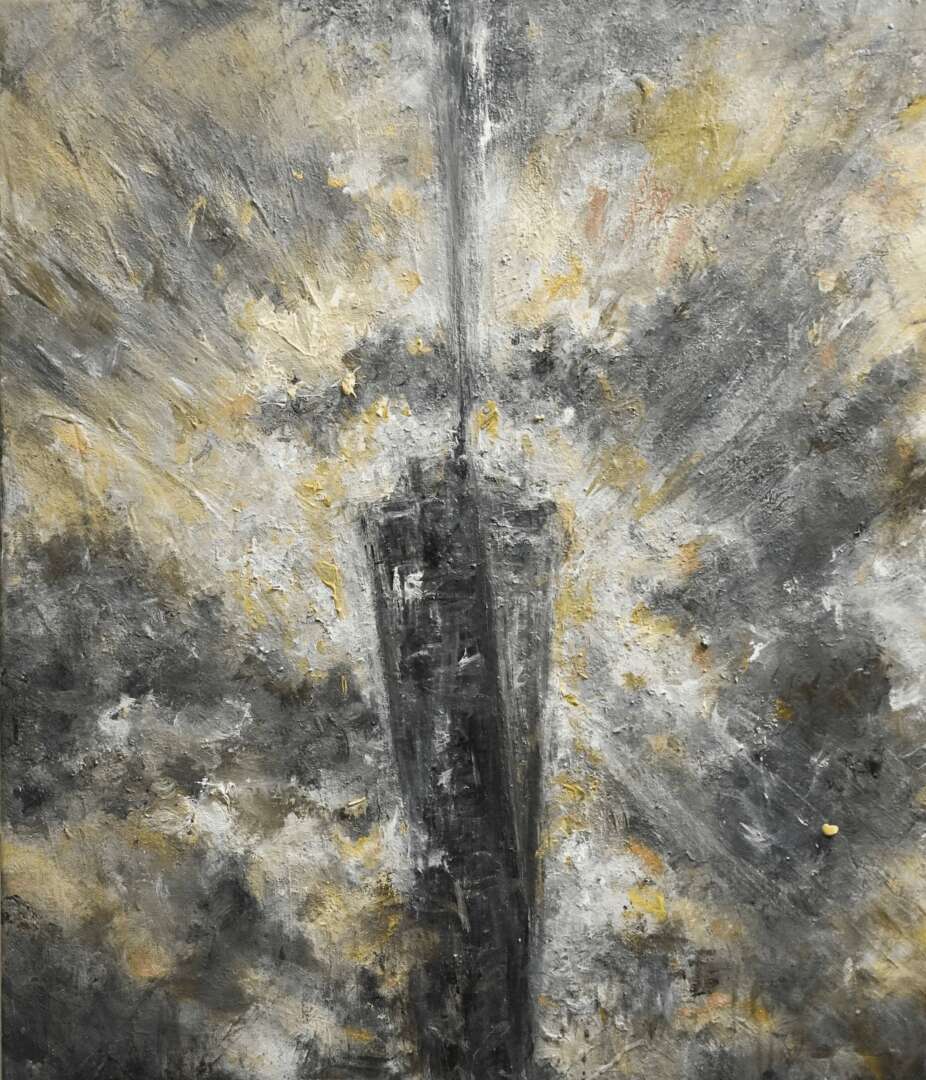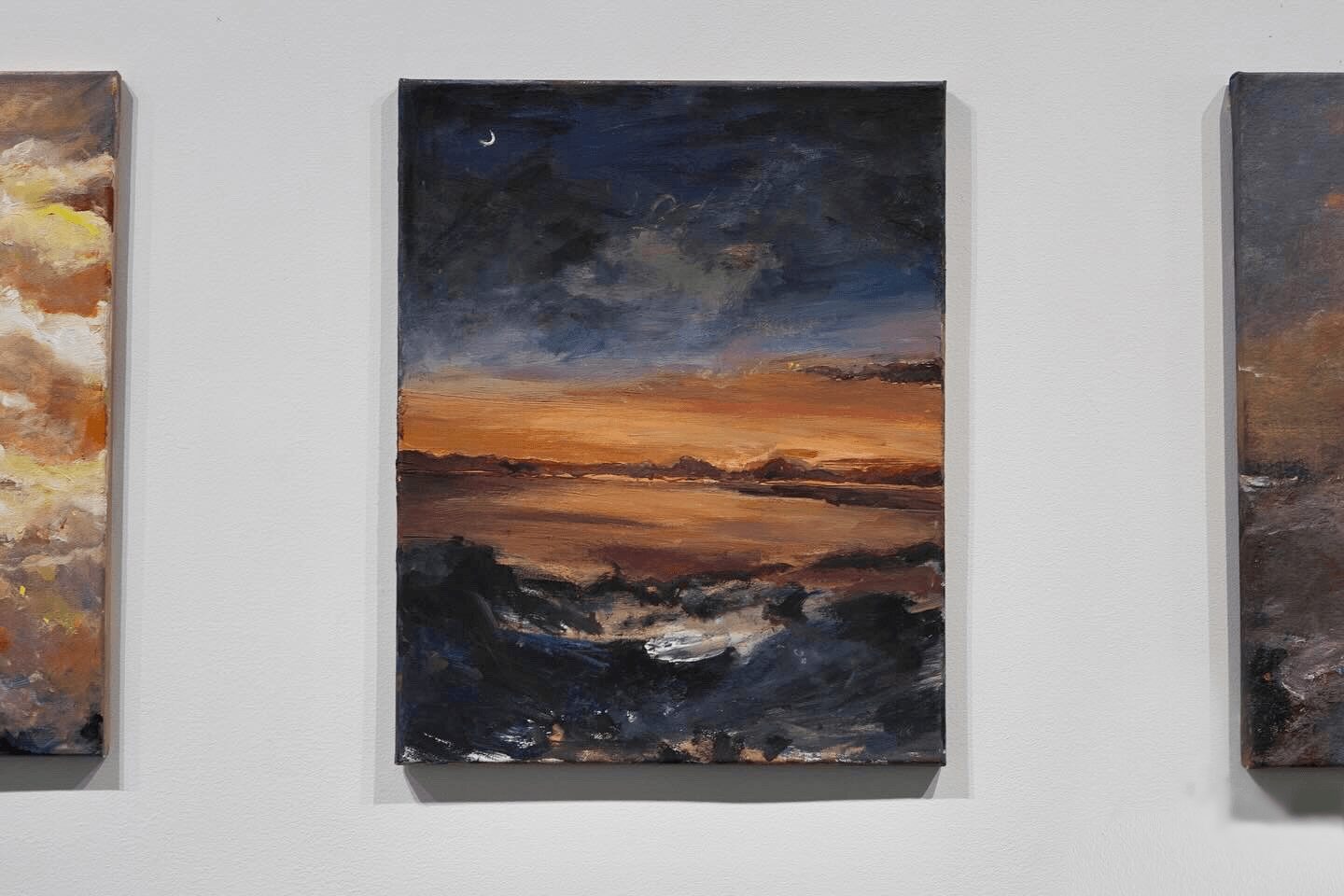We were lucky to catch up with Chenyu Huang recently and have shared our conversation below.
Chenyu, looking forward to hearing all of your stories today. Can you talk to us about a project that’s meant a lot to you?
One of the most meaningful projects I’ve worked on began with a conversation with a friend. During our chat, she opened up about the significant impact of adverse childhood and adolescent experiences on her life. She shared her ordeal of being bullied and excluded by her classmates, leading to feelings of melancholy, a significant loss of self-confidence, and a lack of proper support and guidance from her teachers. Despite these challenges, she found solace and a sense of healing through art history and visual art courses in college.
This deeply personal narrative sparked my interest in understanding the well-being of adolescents who have faced similar challenges. I became passionate about exploring the potential of art to benefit adolescents who have experienced trauma.
Motivated by this newfound passion, I embarked on a research project to delve deeper into the effects of art on individuals who have endured adversity. This research led me to create a collection titled “Sunshine Unveiled,” which revolves around the themes of nature and humanity. I drew inspiration from my own experiences and the stories shared by others during the research process.
Through my artworks, I aim not to directly depict these stories but to capture the essence of hope and resilience. The collection features the interplay of light and shadow, symbolizing the power of light as it penetrates through clouds. This visual metaphor prompts contemplation on the contrasts of life and the inherent beauty they encompass.
“Sunshine Unveiled” seeks to capture breathtaking moments and share their beauty with others. While I acknowledge that not everyone may connect with my artwork in the same way, my goal is to invite the audience to immerse themselves in their own memories of exploring life’s beauty. I hope to convey that no matter how profound the darkness, the dawn inevitably follows. This project is meaningful to me because it combines my passion for art with a desire to support and inspire those who have faced similar challenges, emphasizing the transformative power of art in overcoming adversity.

As always, we appreciate you sharing your insights and we’ve got a few more questions for you, but before we get to all of that can you take a minute to introduce yourself and give our readers some of your back background and context?
My love for art and creativity began in childhood. My professional artistic journey started with a BFA in Fashion Design from Pratt Institute, and recently, I completed my MA degree at Columbia University.
Transitioning from a background in fashion design to the realm of fine art has been a profoundly meaningful journey for me. While fashion design allowed me to explore creativity and aesthetics, fine art has provided a distinct focus on capturing natural moments and delving into the beauty found in both nature and humanity. I now primarily create with painting and drawing, but this shift has also enabled me to experiment with various mediums, including new technologies. This transition represents not just a personal journey but a commitment to refining my craft and nurturing the artistic development of young minds. I am particularly focused on blending psychological concepts with visual art to create immersive and transformative experiences. Recently, My team and I are collaborating with New York-based libraries and galleries in holding workshops to support children and young adults, providing them with channels for expression and paths to healing, using art as a transformative tool for personal growth and emotional recovery.
My research and artistic exploration focus on the potential of visual art and art education to support adolescents who have faced challenging circumstances. I express myself through both written and artistic languages, hoping that one day, art in its many forms can provide a channel for expression and a path to healing for these individuals.

What can society do to ensure an environment that’s helpful to artists and creatives?
Supporting artists and fostering a thriving creative ecosystem requires a multi-faceted approach. Developing affordable studio spaces and co-working environments is crucial for artists to work and collaborate. Additionally, supporting artist residency programs that provide time, space, and resources for artistic development is essential.
The profound potential for social impact in the art industry is sometimes overlooked. While many may appreciate art for its aesthetic appeal, they often miss its ability to address societal issues. From my experiences organizing public education events and workshops, I’ve witnessed art’s power to empower individuals, spark meaningful dialogue, and foster change. Art can amplify marginalized voices and promote cross-cultural understanding, creating lasting social impact. Extensive literature, such as “The Healing Power of Art,” supports the idea that art education provides healing, personal growth, and safe spaces for those facing adversity.
Investing in robust art education programs at all levels is vital. Ensuring access to art classes, supplies, and extracurricular activities can foster creativity from an early age and support lifelong engagement with the arts. Bringing art to public spaces, such as libraries, through interactive workshops can engage the community and make art accessible to all. These initiatives can foster a deeper appreciation for the arts and encourage participation from diverse audiences.
Ultimately, art has the unique ability to convey ideas and emotions that resonate deeply with others, encouraging them to see the world in new and meaningful ways. By supporting artists and investing in art education, society can create a vibrant and inclusive creative ecosystem that benefits everyone.

Is there something you think non-creatives will struggle to understand about your journey as a creative?
Talking about creativity, I’d like to share a story first. Recently, my friend and I listened to a new song together. Neither of us is a professional musician, but our interpretations of the song were very different. To me, the song felt somber and majestic, evoking the image of a weather-beaten ship sailing alone on a vast ocean, with the captain standing at the bow, gazing into the surrounding storm. It felt like the ship was on the verge of being replaced by a newer generation. In contrast, my friend found the song very beautiful and serene. Later, we discovered that the singer had intended to describe a ship navigating the sea of time, with the captain steering it home despite all obstacles—a metaphor for the singer’s own journey of staying true to their purest and most free-spirited self.
This example illustrates how different people can have vastly different interpretations of the same piece of art, be it music, literature, or visual art. This is why, during my exhibitions, I refrain from explicitly conveying what I am depicting while viewers engage with my paintings. I believe that not interrupting the dialogue between the audience and the artworks fosters a more organic connection, enriching the viewing experience and inviting personal reflection.
My journey as a creative is much the same. Each person perceives and understands it differently. The essence of being creative is embracing these diverse interpretations and appreciating the unique connections that each forms with the work. This is something non-creatives might struggle to understand—that art is not just about the creator’s perspective but also about the myriad ways in which others experience and interpret it.
Contact Info:
- Website: [email protected]
- Instagram: cheryllllll_yu



